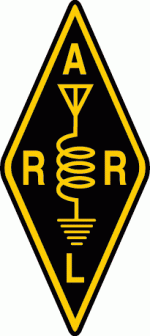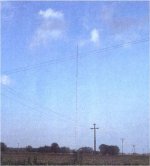I am trying to figure out what parts of Article 800 would apply to small permanent emergency services radio installations, such as VHF tranceivers that output 100 watts of radio energy, or high frequency transceivers that output the same amount. I'm in Vermont and the 2017 code is in force, although the 2020 and 2023 codes seem similar when it comes to radio.
800.1 through 800.182 seem to not apply, because 800.2 defines "Communications Circuit" as "The circuit that extends voice...from the communications utility...." The type of installation I'm thinking of does not involve a communications utility.
810.1 "Scope" states that it "covers antenna systems for radio and television receiving equipment, amateur and citizen bands radio transmitting and receiving equipment, and certain features of transmitter safety." Clearly the parts about amateur and CB do not apply. Arguably, "radio and television receiving equipment" does not apply because the equipment also transmits. One could even argue that 810.70 and 810.71, about transmitters, do not apply because the equipment also receives. An alternate interpretation is that since the equipment both transmits and receives, the receiver requirements and the transmitter requirements both apply.
Of course, paragraphs that technically do not apply could still be used for guidance about good practices.
800.1 through 800.182 seem to not apply, because 800.2 defines "Communications Circuit" as "The circuit that extends voice...from the communications utility...." The type of installation I'm thinking of does not involve a communications utility.
810.1 "Scope" states that it "covers antenna systems for radio and television receiving equipment, amateur and citizen bands radio transmitting and receiving equipment, and certain features of transmitter safety." Clearly the parts about amateur and CB do not apply. Arguably, "radio and television receiving equipment" does not apply because the equipment also transmits. One could even argue that 810.70 and 810.71, about transmitters, do not apply because the equipment also receives. An alternate interpretation is that since the equipment both transmits and receives, the receiver requirements and the transmitter requirements both apply.
Of course, paragraphs that technically do not apply could still be used for guidance about good practices.




